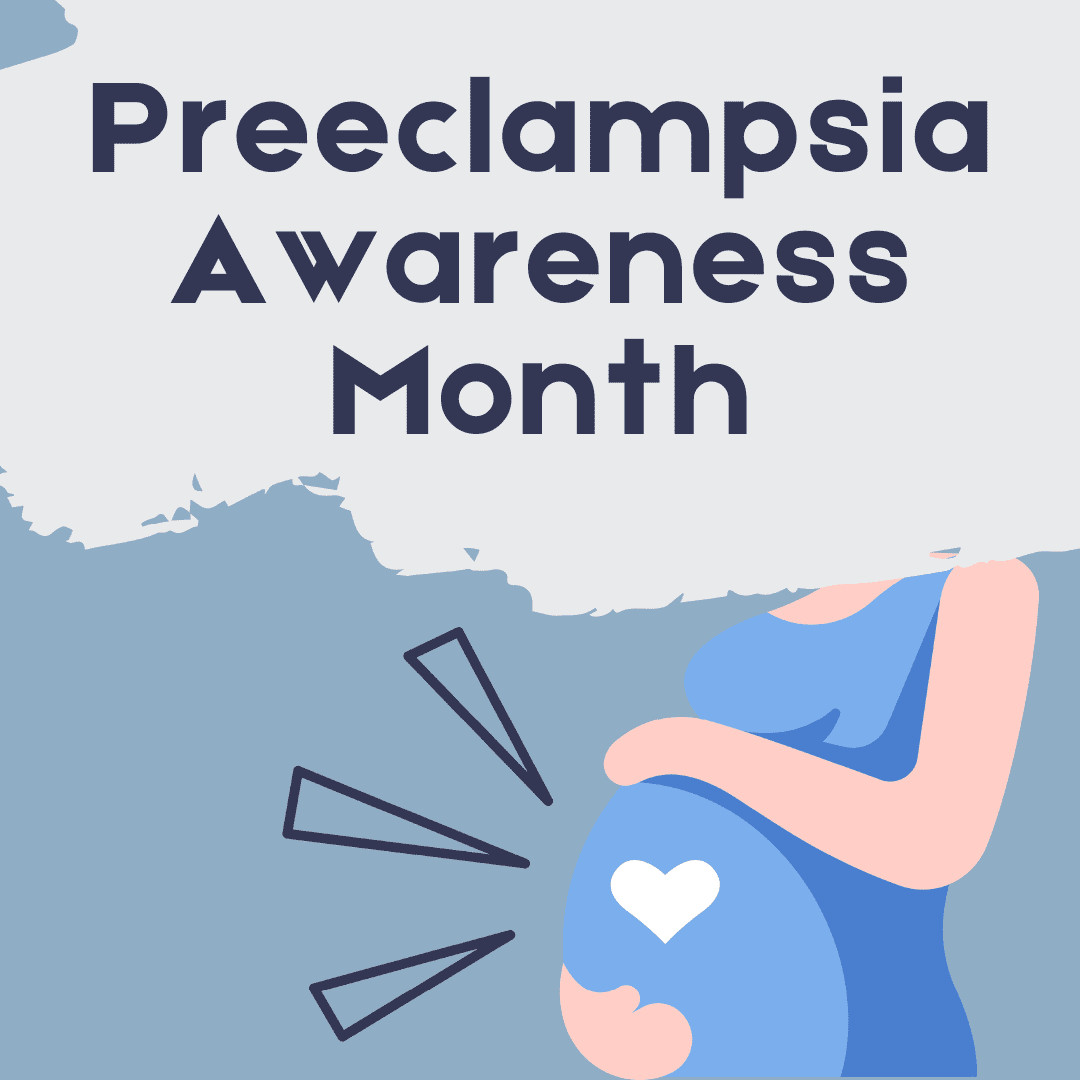Search by Color or Cause


In May, we observe Preeclampsia Awareness Month. The Preeclampsia Foundation sponsors the event. Preeclampsia is a disorder that occurs only during pregnancy and the postpartum period and affects both the mother and the unborn baby. This month draws attention to the fact that preeclampsia affects at least 5-8% of all pregnancies. Preeclampsia is a rapidly progressive condition. Symptoms include high blood pressure and protein in the urine. Swelling, sudden weight gain, headaches, and changes in vision are important symptoms. However, some women with rapidly advancing disease report few symptoms. Wear pink and blue, or purple and blue for Preeclampsia Awareness Month. Both combinations are available on this website in enamel awareness pins in both personalized and non-personalized versions. Lastly, bring attention to this complication of pregnancy with an engraved pin that supports others without saying a word.
As preeclampsia remains a leading cause of maternal and infant mortality and morbidity, the Preeclampsia Foundation is urging pregnant and postpartum women to check their blood pressure, know and understand their numbers, and share with their healthcare provider. Hypertension, or high blood pressure, is the leading indicator of preeclampsia. It is a dangerous complication of pregnancy, and life-threatening to both the mother and her baby.
Healthcare providers may have specific instructions for their patients. If not, women are encouraged to take twice daily readings, download a blood pressure log, and view a how to properly take your blood pressure at home video at www.preeclampsia.org/blood-pressure.
If a woman is pregnant or within 6 weeks after delivery, she should immediately report to her healthcare professional any readings where the top number (systolic) is 140 or higher or the bottom number (diastolic) is 90 or higher. In addition, if the top number is ever higher than 160 or the bottom number is over 110, she should go to Labor and Delivery or an Emergency Room immediately. Further, if she has already had her baby, she should be sure to tell the provider that she recently delivered.
Preeclampsia typically can occur any time after the 20th week of pregnancy.
Symptoms of preeclampsia include:
To monitor their pregnancy for preeclampsia and reduce risk, women should:
Preeclampsia is one of the most common causes of preterm birth. Low birth weight is associated with preeclampsia. In addition, the condition prevents the fetus from being adequately nourished and supplied with oxygen. There is a possibility that the baby may have problems with heart and circulatory conditions in later life.
Preeclampsia also might have long-term health effects for the mother. Over 90% of women with severe pre-eclampsia develop chronic high blood pressure 20 years after their pregnancy, and frequently suffer from cardiovascular diseases. Competent, continuing care of both mother and child by an expert and a healthy lifestyle (such as a healthy diet, physical activity, avoiding stress) are particularly important in seeking to prevent these symptoms.